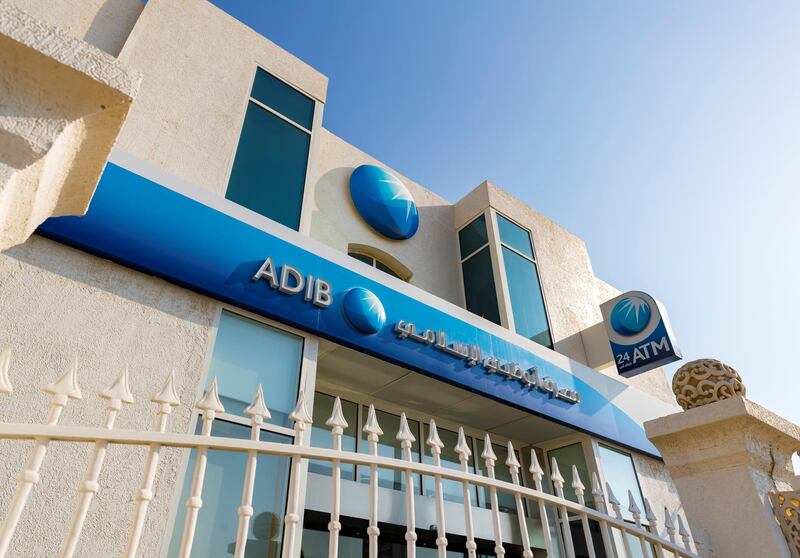UAE banks are set to see higher loan growth and profitability in 2018 as the local economy turns the corner, non-performing loans decline and rising interest rates give a boost to net interest margins.
Rising oil prices and stronger support from governments are also supporting deposits while greater adoption of technology by banks has made them more efficient.
"Banks closed out the year pretty well last year," said Saeeda Jaffar, a managing director at the Financial Institutions Advisory Services practice of the global consultants Alvarez & Marsal.
"Overall, we expect this year to be a better year than last year and we are starting at a much better place than we were starting last year," Ms Jaffar said. "Consistently we saw improvements across the board last year. We saw increases in net interest margin, decreases in cost income ratios, decreases in cost of risk. We saw positive trends that will continue this year. Net-net, the banks will do better this year."
___________
Read More:
[ Commercial Bank International expects 5 per cent loan growth in 2018 as oil and debt demand pick up ]
[ Mashreq Bank boosts wealth management products as demand for investment rises ]
[ Emirates NBD Q4 profit rises 17% on higher net interest income ]
___________
The latest quarterly results from banks are already showing signs of improvement. Emirates NBD, Dubai's biggest lender, said its fourth quarter profit rose 17 per cent, in part aided by higher interest rates.
Profits at Abu Dhabi Islamic Bank, the Emirate's biggest Sharia-compliant lender, rose 33.4 per cent in the fourth quarter of 2017, beating analysts' estimates, as fees and commissions income rose and impairments dipped.
The positive results come after UAE banks saw demand for debt dry up and non-performing loans rise in the aftermath of the 2014 oil crash. As oil prices have increased over the past year and the country's economic fortunes improved, lenders have seen a resurgence in appetite for loans for individuals and corporations. Banks have at the same time also become more efficient; investing more on digitization and artificial intelligence, reducing branches and trimming the workforce.
As a result, Ms Jaffar said she was expecting loan growth this year to be in the high single digits to low double digits. Mark Robinson, the chief executive officer of Dubai-based Commercial Bank International (CBI), told The National last week he expects 5 per cent loan growth for CBI and a similar amount for the banking market as a whole. Egyptian investment bank EFG-Hermes is also expecting an uptick in loan growth.
"We expect a moderate recovery in loan growth after a weak 2017," said Shabbir Malik, a Dubai-based analyst at EFG-Hermes. "UAE banks are positive on the 2018 economic and loan growth outlook. We believe a firm oil price, expansionary Dubai and Federal budgets bode well for the credit outlook."
Paving the way for higher borrowing costs in 2018, the Central Bank of the UAE raised interest rates by 25 basis points on December 14 after the announcement of a similar rate rise by the US Federal Reserve. The bank said it raised the interest rate on the certificate of deposits by 25 basis points to 1.75 per cent. (The UAE uses certificates of deposit as a monetary policy instrument through which rates are transmitted in the absence of an independent monetary policy.)
UAE banks may get a boost from rising interest rates. However much will depend on whether lenders will choose to pass on costs to customers at a time when many are coping with rising costs and a more competitive job market, analysts say.
Banks in theory benefit from rising interest rates. The UAE however aligns its monetary policy to the US Federal Reserve because of the dirham's peg to the greenback. The US economy is growing at a faster pace than the UAE economy and banks in the US are in a better shape than their UAE counterparts.
"Unfortunately for banks there are at least two challenges," said Sanyalaksna Manibhandu, head of research at FAB Securities." First, where there is low demand for credit, borrowers have bargaining power. Banks that do underwrite credit are forced to offer lower rates than they would like; second, term deposit rates also rise, as policy interest rates increase, lifting the cost of funding for banks."





